Rebounding: Exercise for Health and Longevity
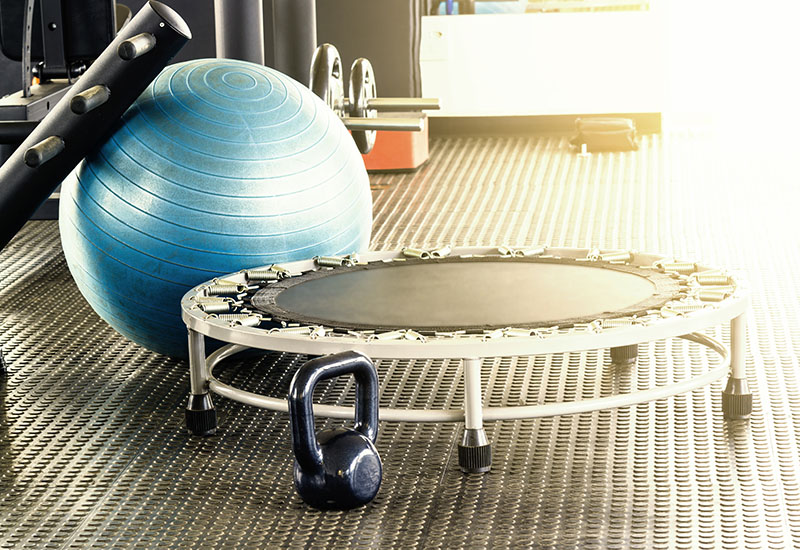
Heinen’s Wellness Consultant, Andrea, shares how to maintain your physical fitness at the gym or at home using a rebounder.
Exercise is a great way to support an optimal state of well-being. It gets you moving, revs the metabolism, gets your blood flowing and helps to keep the body toned.
I used to be a runner, but because of the potential long-term effects of hard impact and wear and tear on the feet, knees and joints, I traded it in for a “rebounder”. What exactly is a rebounder? Well, it’s much more than just a simple piece of exercise equipment. Before I get into the details, let me share how I stumbled upon this incredible form of exercise.
In 1990, I became a patient of a medical doctor who was also practicing holistic medicine. His name was Dr. James Baron, and at the ripe old age of 82, he looked like he was 50 years old! He was very progressive for his time and I feel blessed that I had the opportunity to learn from him. I wanted to know his secrets for maintaining youth, and one of the many things he shared was his use of a rebounder.
What is “Rebounding?”
Rebounding is a form of aerobic exercise that is done while jumping on a specific type of mini trampoline. One of the main benefits of exercising on a rebounder is that it is gentle on the joints and allows you to work your cardiovascular system with less exertion on the heart or overworking the body. In addition, you get more full-body benefits with less oxygen used.
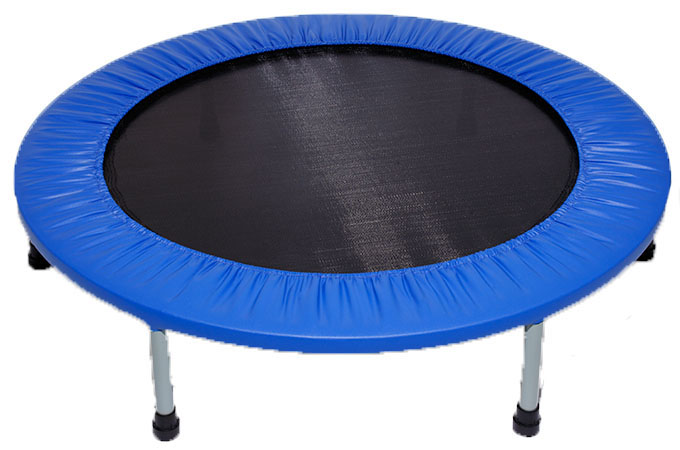
The rebounder was developed by NASA and gained popularity in the 1980s when they studied its benefits while trying to find an effective way to help the astronauts regain and recover bone density and muscle mass after being in space. While we tend to think that gravity contributes to body parts aging and sagging, a lack of gravity is apparently detrimental to health. Using a rebounder here on earth acts as an amazing anti-aging and longevity tool.
NASA eventually published a report indicating how rebounding is twice as effective as running on a treadmill because it exercises the entire body without the excess impact and pressure on the knees, ankles and feet. Who knew?!
In addition, rebounding is the only exercise that tones all of the body systems, including digestive, endocrine (hormones), immune, lymphatic (really big here!), circulatory, urinary, skeletal and nervous systems. It also supports detoxification and elimination, so your colon gets toned as well!

Rebounding is a real energy-booster…no coffee needed! Simply bounce gently up and down or try more complex moves to really challenge yourself. The best part is that you can do it in the comfort of your own home in just 10-20 minutes a day.
25 Benefits of Rebounding
- Prevents osteoporosis by increasing bone mass and strength
- Improves energy and stamina
- Detoxifies and strengthens cells
- Promotes tissue repair
- Strengthens collagen (the primary structural component of connective tissues, such as skin and cartilage)
- Supports hormone production, adrenal glands, thyroid and pituitary glands
- Strengthens the immune system
- Flushes dead cells from the body, promoting cell growth and repair
- Aids in detoxification and supports lymphatic circulation
- Strengthens the lungs and heart
- Promotes healthy muscle tissue
- Improves balance and flexibility
- Improves muscle-to-fat ratio
- Enhances sleep
- Increases oxygen flow
- Increases and improves healthy blood flow
- Sparks metabolism
- Improves digestion and elimination
- Builds and reinforces core muscles
- Boosts your mood by releasing healthy endorphins
- Promotes healthy brain function
- Supports the pelvic floor and helps to stabilize hip joints
- Strengthens your back and improves posture and alignment
- Tightens and tones the skin
- Tones overall body
How a Rebounder Works
Rebounding is unique in that it can effectively impact every cell in the body. It works using the forces of acceleration and deceleration and the increased G-force from gravity as you jump up and down. Here’s what happens when you rebound:
As you push off the rebounder and bounce upward, there is an acceleration action and then a split-second weightless pause at the top.
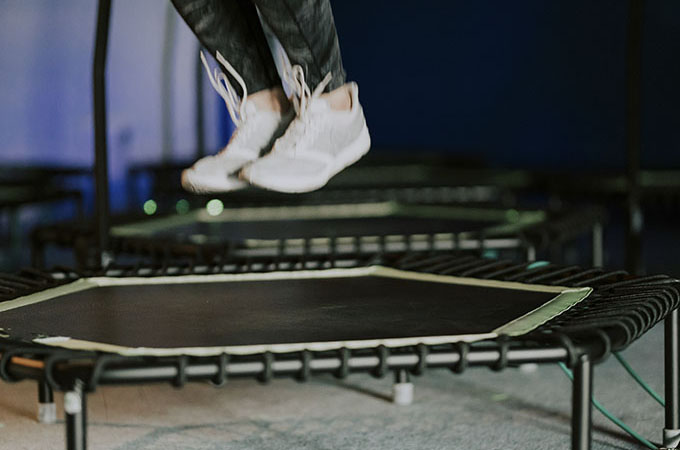
A deceleration at an increased G-force occurs as you start to come down.
An impact on the rebounder occurs, which goes through your entire body and all of your cells. This action forces fluids through your cells, helping to flush them.
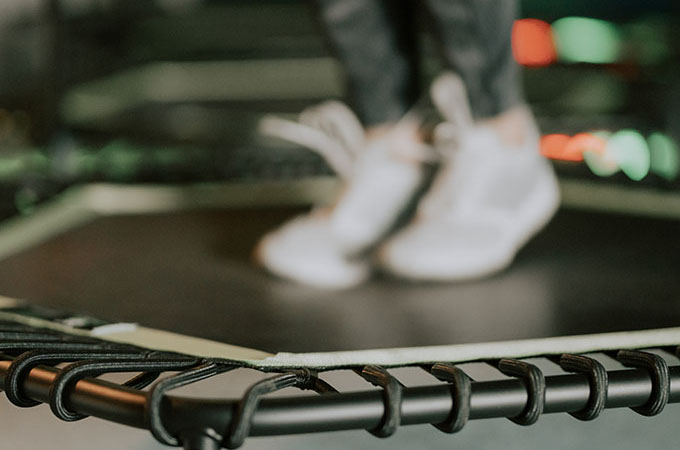
Another split-second pause while you gain momentum to bounce upward and the acceleration action begins again.
This motion is extremely beneficial to the lymphatic system, which transports immune cells throughout the body and supports overall immune function and detoxification. In fact, studies show that rebounding supports increased lymphocyte, cell energy and mitochondrial function.
Things to Consider when Purchasing and Using a Rebounder
Cutting corners by purchasing a $29 mini trampoline to practice your rebounding exercises can lead to potential serious injuries. There is a tremendous difference between a rebounder and an inexpensive mini-trampoline. A rebounder uses specific materials such as strong springs and special fabric with a tension that will not lose its tone. A true rebounder is designed to create the ideal impact resistance so you experience the health benefit without the risk of injury. Many manufacturers offer balance bar attachments that can be helpful if you have minor balance issues or just prefer extra security.
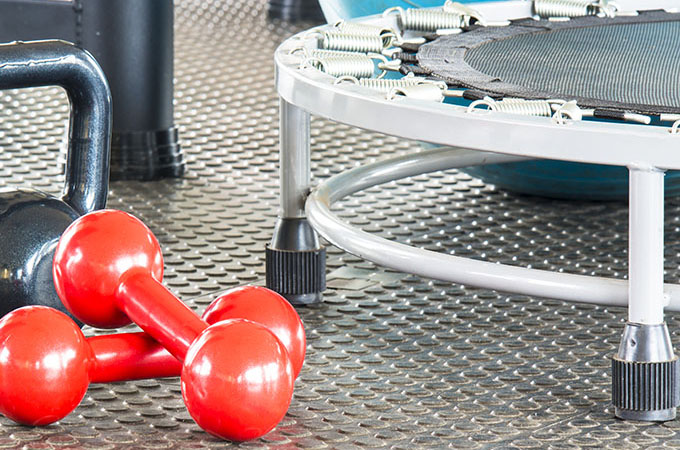
There are lots of informative books, videos and websites out there filled with rebounding information and fun routines. Educate yourself and start slow before attempting a longer exercise routine. To achieve full-body benefits, be sure to do a variety of movements so that you are using different muscles. As always, pay attention to how your body responds.
As with any new exercise routine, you may need time to adjust to this new form of exercise. Always drink plenty of fluids both before and after rebounding to flush the toxins and rehydrate.
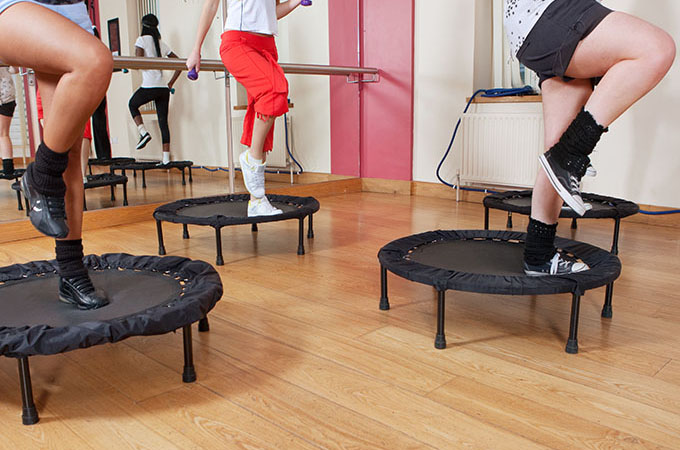
Safety Precautions
While a rebounder is incredibly beneficial, it’s always wise to check with your doctor before beginning any exercise program, especially if you have balance issues. Stop jumping immediately if you notice any shortness of breath, pain or other warning signs.
Although the rebounder absorbs a considerable amount of the impact during the exercises, if you have had major surgeries or knee/hip replacements, rebounding may not be for you (or you may need to make modifications to the exercises).
Why not invest in your very own rebounder? They are built to last, extremely effective and will offer you many years of solid service. Simply follow basic safety instructions and listen to your body. I think you’ll be pleasantly surprised at the results!


